What Is Retail Marketing? Definition, Types, and Strategies
Retailing is no longer simply about creating the best product and giving exceptional after-service. There’s a lot that goes into making retail stores successful, especially when it comes to promotions. Not promoting your business translates to missed opportunities. If you don’t want that to happen, you need to learn what is retail marketing and how it can help your business.
To someone unfamiliar with this topic, retail marketing might seem like any other type of marketing. But the truth is, it’s a focused approach meant to create seamless shopping experiences.
If you’re unsure what that means, you’ve reached the right place. By the end of this discussion, you’ll have learned everything about retail marketing, from its definition to strategies. So, let’s begin!
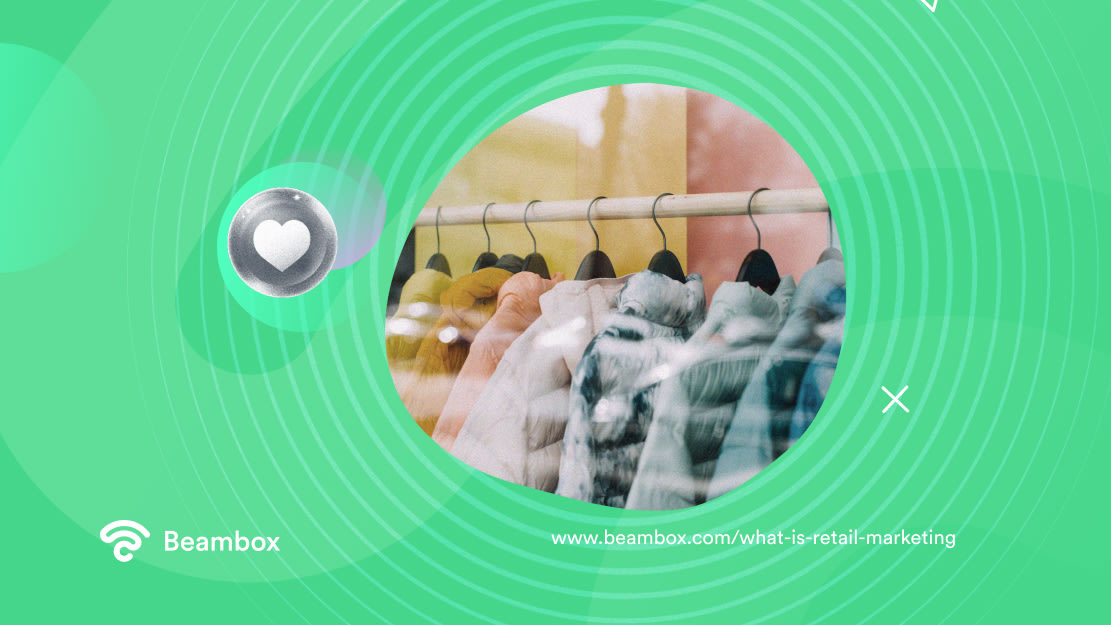
Starting From the Basics: Let’s Define Retail Marketing and Its Importance
Contrary to popular belief, retail marketing isn’t just about ads and promotions. It involves everything a retail business does to convince people to buy its products. Everything is a part of retail marketing, from brand awareness and product development to in-store experience and after-sales.
Now that you know how to define retail marketing, let’s discuss its importance. Apart from the obvious goal of making more sales, retail marketing promotes meaningful customer relationships. There’s just something about a physical interaction that other types of marketing almost always lack.
These public relations help you give customers the exceptional experience they deserve, both before and after the purchase.
Moreover, you can build loyalty and advocacy by providing value beyond transactions, such as after-sale service, exceptional experiences, and exclusive rewards.
Besides, a retail marketing platform brings serious customers into your store. Anyone who doesn’t at least have an interest in your products won’t bother visiting. So, if you’re persuasive enough, you’ll have more foot traffic ready to purchase.
Furthermore, retail marketing strategies help you stand apart from the competition. Such ideas include in-store events, sales promotions, or a unique email loyalty program that rewards customers for more than purchases.
It also allows you to have greater visibility. Your continuous efforts will put you at the forefront of your customers’ minds. Even when you’re not actively promoting, these customers will always return to your store whenever they need similar products.
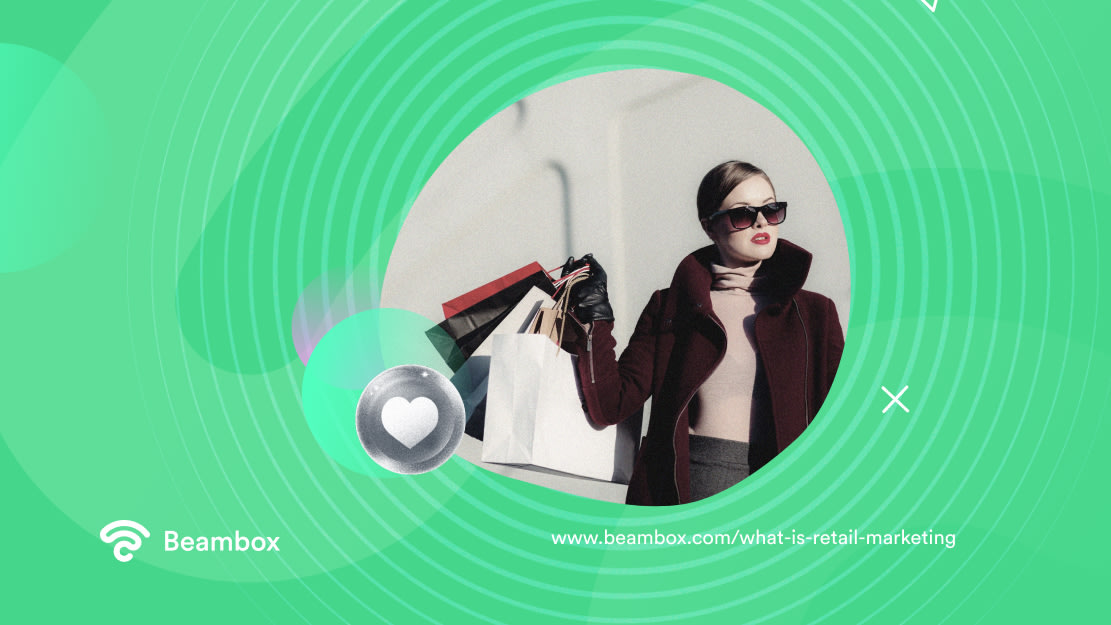
What Is Retail Marketing Mix? The 6 Ps
The retail marketing mix is a framework retailers use to plan and implement their marketing strategies. It’s essentially a customer profile roadmap that considers various elements — these influence how customers perceive and interact with the retailer.
The mix focuses on six key elements or the six Ps of retail marketing. However, retailers have been more customer-centric with these elements lately. So, now that you know the basic answer to “What is retail marketing mix?” Let’s explore these six elements in detail:
- Product: This refers to the actual products that businesses in the retail industry launch based on customer needs and demand. Alternatively, some companies offer a range of products from different retailers. But the goal of this element remains the same: telling potential customers what you’re offering.
- Price: This is the cost assigned to the products or services. There are four common pricing strategies that retailers use for this element. Attracting customers with the lowest price, pricing according to popularity, psychological, and competitive pricing.
- Place: This element refers to where you sell your products. It can include websites, social media, physical stores, shopping malls, and anywhere customers can buy from you.
- Promotion: This element connects you with your customers, spreads brand awareness, and increases sales. It involves all the strategies to promote your business and its products.
- People: Retail marketing also involves staff interactions with people, such as salespeople, managers, support teams, etc. Therefore, hiring the right people and retail employee training are crucial.
- Presentation: This refers to how you display your products in-store and online. Visual merchandising, packaging, and store layout influence a customer’s buying decision.
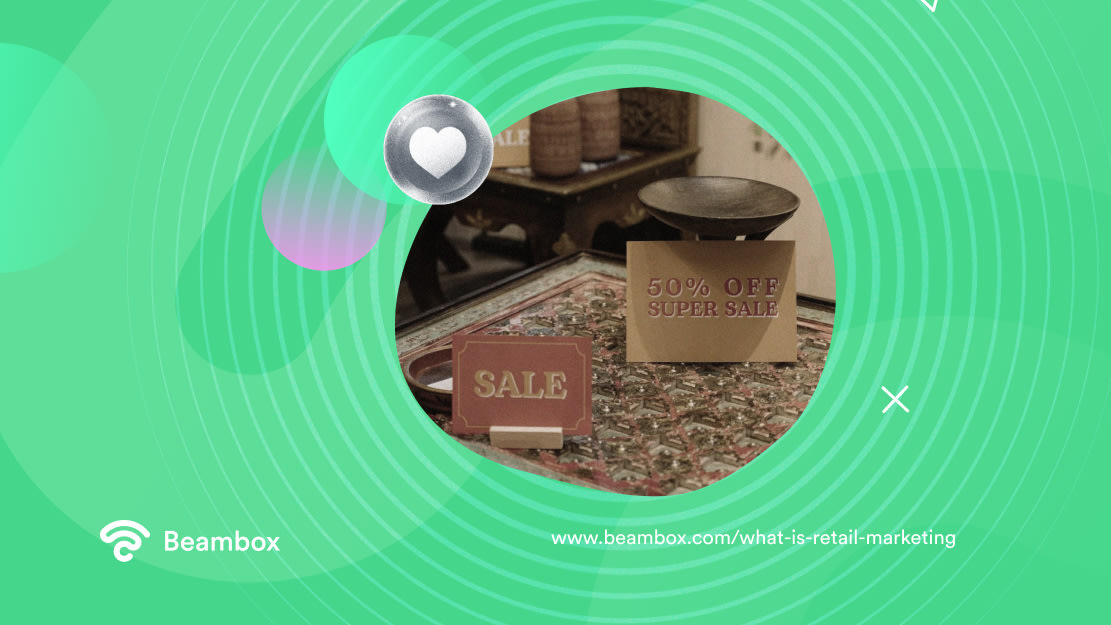
The 4 Types of Retail Marketing Explained
A successful retail marketing strategy is all about customization. You need to launch ideas that work specifically for your business. For example, a business selling beauty products is better off with aesthetic photography, while software companies need in-depth tutorials.
You do need to combine strategies for a varied mix that appeals to various audience groups. But that won’t be possible without exploring the different types of retail marketing that are out there. So, if you’re ready to do that, the following sections will cover everything from traditional to digital marketing.
1. Traditional Marketing
Let’s start this list with the oldest: traditional marketing. When you promote your products offline, you’re participating in conventional retail marketing.
Newspapers, TV and radio ads, brochures, billboards, direct mail, bus ads, and coupons are all part of this marketing.
Inexperienced retailers often discard these ideas, thinking they’re out-of-date. However, a huge demographic still trusts these channels. A well-designed poster or billboard might be more expensive than digital marketing, but it can bring higher returns.
2. In-Store Marketing
As the name suggests, in-store marketing includes any promotion you do inside your store. These might be traditional marketing ideas or digital. As long as they’re inside the venue, they’re a part of in-store marketing.
For example, retailers often display signage informing customers and employees about important updates and discounts. Similarly, some stores might create deals with promotions for two or more products.
Sample products, product descriptions, demonstrations, proximity marketing, etc., are all in-store retail marketing ideas.
Such promotions not only encourage sales but also create an enjoyable shopping experience.
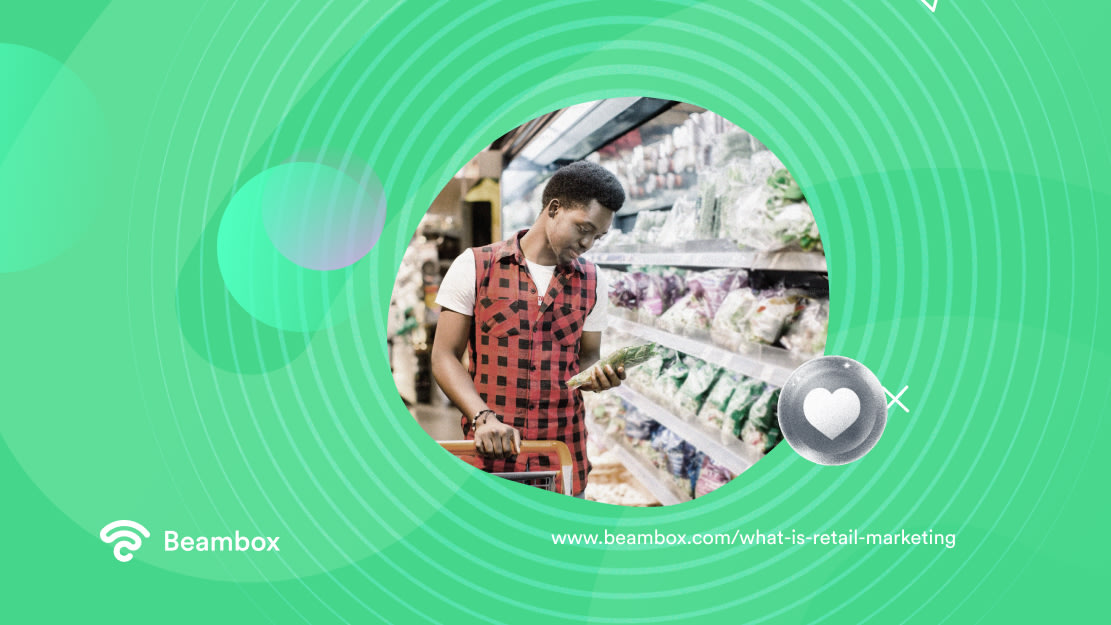
3. Omni-Channel Marketing
Customer journeys have become more complicated than ever. People usually interact with multiple brand touchpoints before making a buying decision. For example, a person might be introduced to your brand through a billboard. Chances are, they’ll go online and judge your reviews.
Who knows, they might even start a conversation with you before making a purchase. Omni-channel marketing aims to combine all these touchpoints to give customers a seamless experience. It allows you to reduce hindrances in the buying process while customers get the same feel across all channels.
An example would be embedding a QR code on brochures so people can reach your website and place an order.
4. Digital Marketing
There’s no denying the power of digital marketing when it comes to retail, or any business for that matter. Statistics claim that 97% of people search for local businesses online. So, let’s discuss this to guide your retail marketing approach.
Digital marketing is about using digital channels to connect with customers and promote your products. Some examples include email marketing, search engine optimization (SEO), influencer marketing, pay-per-click (PPC) ads, and content marketing.
However, contrary to popular belief, it isn’t just about online channels. Tactics that don’t require the Internet, like SMS and mobile marketing, are also a part of it.
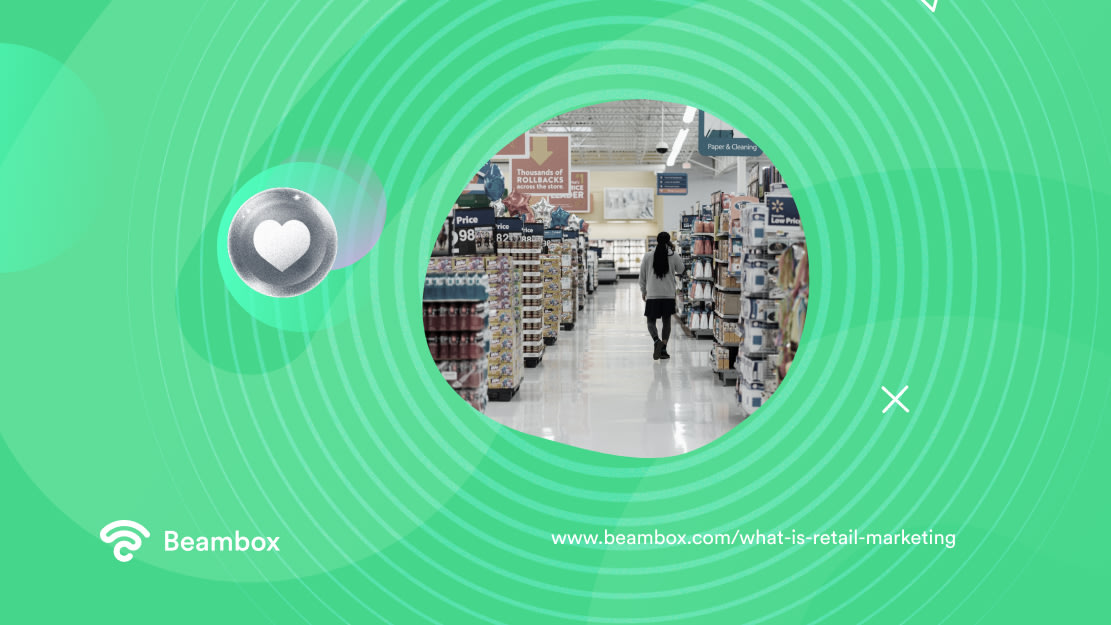
Retail Marketing Strategy: 3 Ideas People Underestimate
Everyone knows tried-and-tested strategies like social media marketing, discounts, local SEO, etc. But when you do something different that’s effective yet resonates with your audience, that’s when your business truly stands out.
With new retail businesses opening around every corner, paying attention to unique ideas is more important than ever. The best retail marketing strategy for you is the one that suits your business needs. So, explore the three ideas below and see if they fit your goals.
1. Enhance Your Store’s Visual Appeal
Your store’s visual appeal is your business’s first impression. Nobody likes visiting a store that feels dated and uninviting. Remember, retail marketing is about the overall experience.
So, pay attention to the exterior of your store. Keep it clean and inviting. However, the exterior is just one part of the appeal. You must also keep your interior clean and organized. Make sure the layout is coherent and logical.
For example, it wouldn’t make sense for a grocery store to place the bakery section near the detergent section.
Moreover, decorate the store with your branding elements and pay attention to the lighting.
2. Connect With Your Customers
Making genuine connections with customers might not seem like a marketing strategy. But when customers feel welcome, heard, and connected, they become real advocates for your business. They not only show loyalty to your brand but also bring new customers.
Therefore, train your staff to spark real, meaningful conversations with customers without appearing as an aggressive salesperson. Ask them for their reviews and feedback both in-store and online.
Moreover, act on that feedback so customers know you care about their preferences and needs. If a customer gets angry, remain calm and treat them with respect. Solving their problem with an extra incentive can go a long way in creating connections.
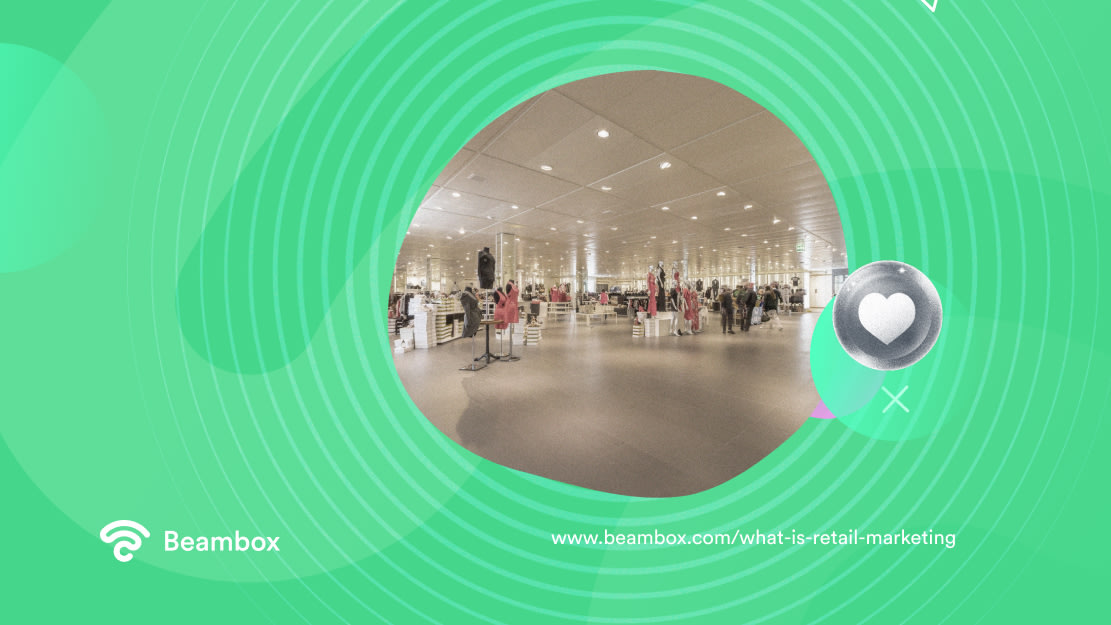
3. Hold In-Store Events
For brick-and-mortar retail stores, increasing foot traffic could translate to more sales. When more people visit your store, there’s a greater chance of impulse shopping and upselling. If you’re struggling to attract people to your store, holding in-store events might be the answer.
From product demonstrations and workshops to meet-and-greets and themed experiences, in-store events are a fun way to increase foot traffic. They entertain and educate customers about your products, fostering brand loyalty and driving sales.
How Retail Marketing Is Evolving
The future of retail marketing favors online retail over traditional brick-and-mortar businesses. Moreover, augmented and virtual reality will become common. Retailers will rely on AI to change and adapt quickly, and marketing will become more vigorous.
However, knowing what is retail marketing is only the first step to taking advantage of it. Combine all four of its types to create unique promotions and use tools to run campaigns.
If you want to implement effective marketing strategies based on customer data collection, try out Beambox. This WiFi marketing platform helps you automate campaigns and manage your online reputation.
Over 12,000 businesses are using Beambox to grow. Try it for free for 30 days!
Get Started With Free WiFi Marketing
Beambox helps businesses like yours grow with data capture, marketing automation and reputation management.
Sign up for 30 days free


